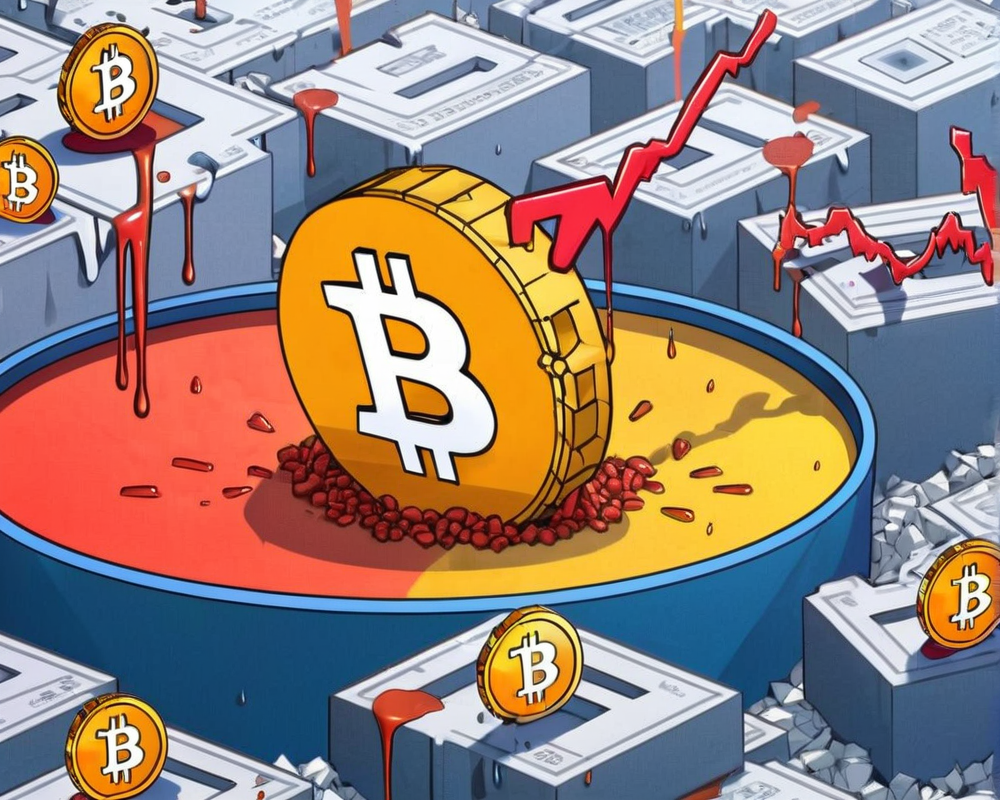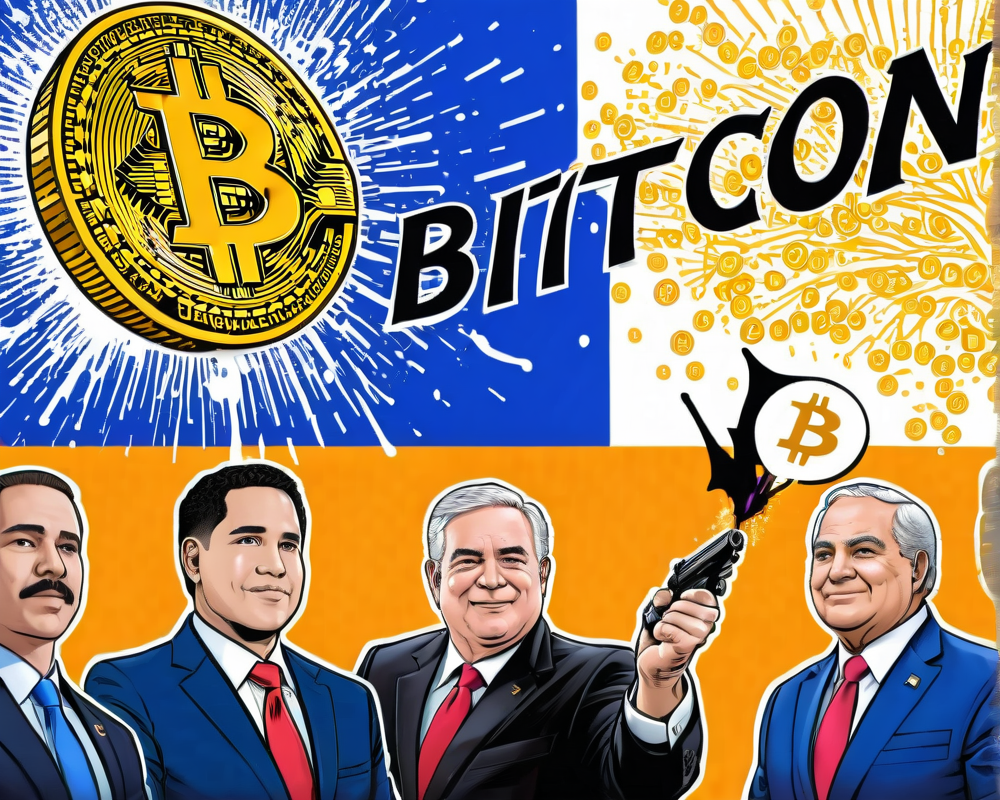Behind the Curtain: Sam Bankman-Fried’s Rise and Fall
Sam Bankman-Fried, once considered the crypto prodigy of our age, found himself at the center of controversy, as revelations regarding his past dealings surface. The former CEO of the FTX crypto exchange allegedly harnessed his influence to engineer a crafty strategy that not only inflated the prices of certain coins but left many investors stranded when the music stopped.
The Allegations and How They Unfolded
A recent report claims that Bankman-Fried coordinated with his sister company, Alameda Research, to execute what can only be described as a grand scheme reminiscent of the infamous pump-and-dump operations seen in stock markets. Here’s the gist: FTX would entice developers of new coins to launch their projects exclusively on the FTX platform. Following this, Alameda would buy these fresh tokens in bulk, creating the illusion of elevated demand and skyrocketing prices.
But Wait, There’s More!
It didn’t stop there! Using his clout, Bankman-Fried marketed these newly minted coins, which became known unironically as “Samcoins.” With a catchy name and a dash of charisma, these coins caught the attention of unsuspecting investors eager to hop on the crypto bandwagon. It seemed Alameda was thriving, but behind the scenes, things were starting to crumble.
The Comparisons to Pump-and-Dump Schemes
The New York Times wasted no time drawing parallels between Bankman-Fried’s strategy and classic pump-and-dump operations. For those new to the investing scene, this involves manipulating stock prices to attract retail investors, only to sell off those stocks once the price surges, leaving others with empty dreams and worthless shares.
- Crypto investors beware!
- Pump-and-dump schemes are illegal, yet they continue to thrive in the shadows of less-regulated markets.
The Developers’ Dilemma
For developers eyeing a launch, aligning with Bankman-Fried must have felt like landing a golden ticket. With FTX’s massive platform and hefty reputation, any new coin had a better chance of reaching potential investors. However, some of these coins—like Serum, Maps, Oxygen, Bonfida, and Solana (SOL)—turned out to be part of a risky game that offered as much peril as potential.
A Risky Bet
As evidenced by one source from the report, Bankman-Fried would give selected investors a first dibs opportunity to purchase coins at bargain prices under the typically ominous warning that they’d be kicked to the higher price curb in no time if they didn’t act fast. Those intrigued enough often found their names scribbled down on an internet spreadsheet like they were RSVP’ing to a hedge fund hoedown.
The Unraveling
Fast-forward to November 2, and FTX faced a cataclysmic collapse that started with a leaked balance sheet revealing that Alameda’s portfolio was precariously tied up in FTX tokens (FTT) and other liquidity-challenged cryptos. Concerns about a trading company leaning so heavily on just one asset led to panic, prompting a classic bank run on FTX.
What’s Next for Crypto?
As we sift through the debris of this crypto catastrophe, many are left wondering: how can investors safeguard themselves against being swept away by future manipulative schemes? And what can developers learn from this cautionary tale?




